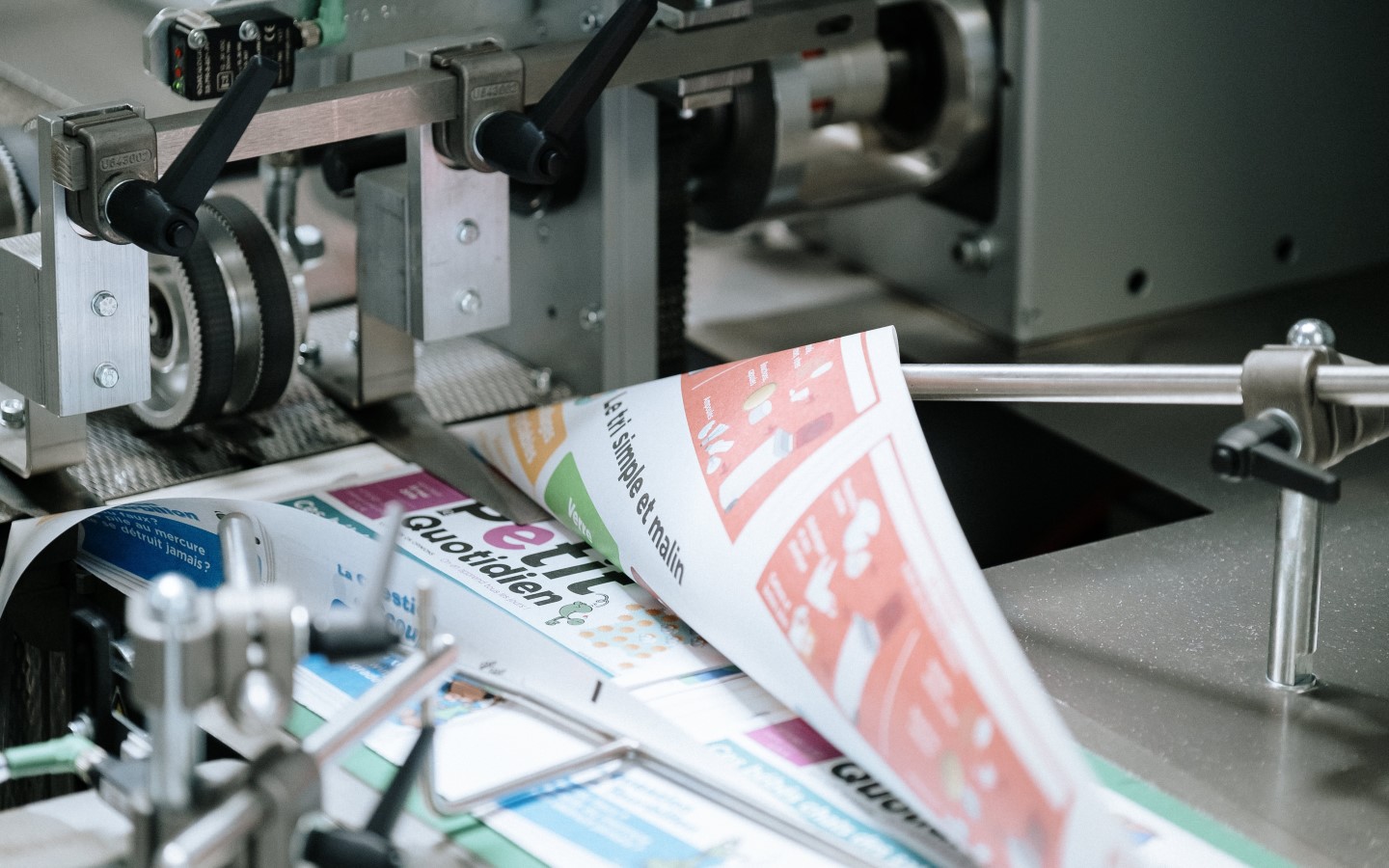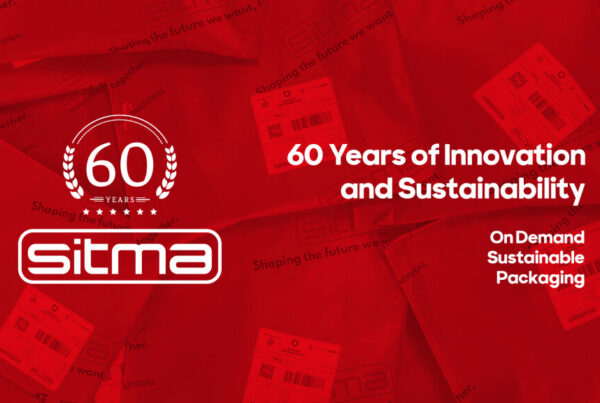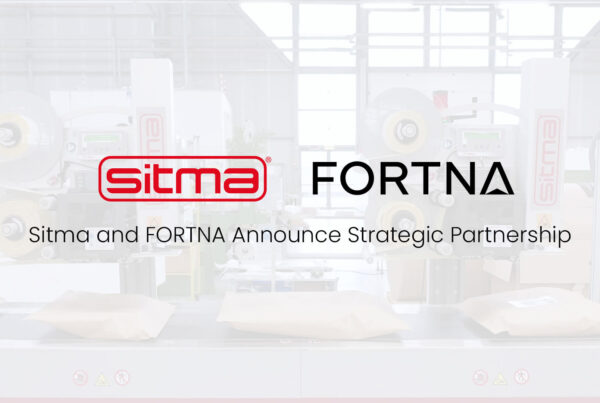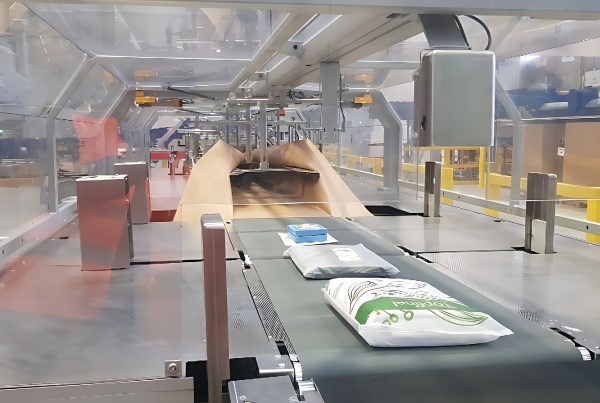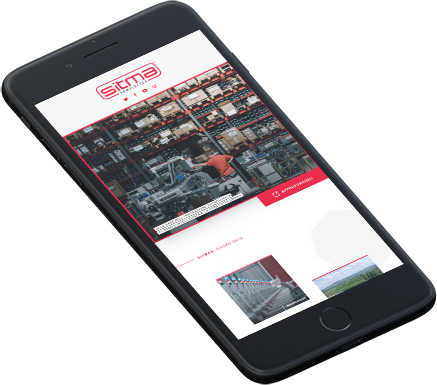
———— INTRODUCTION:
The environment has always been one of our major concerns here at Sitma. It is at the very centre of our product development strategies. Each of the four pillars around which our business rotates is affected by the use of various packaging materials, and plastic is one of the worst contributors to global pollution. This is why we have decided to begin comparative studies and examine the pros and contras of various materials, to see if we can find which is the best in both performance and sustainability terms. One of our main points of interest is paper and bio-plastic. Both of these solutions offer a series of advantages: paper is extremely easy to recycle, is come from natural sources, and it has a lower carbon footprint (although it has to be handled in a different way because of its different mechanical characteristics). Bioplastic is an eco-compatible product, and its special characteristics make it ideal for packaging. However, it is fairly expensive to make and to recycle, and a whole series of measures must be undertaken to avoid contamination by “ordinary” plastic. Also, the raw materials used to make it come from farms which are (or which will be in the future) mostly useful in growing foodstuffs.
———— PAPER AS A PREFERRED SOLUTION?
The intrinsic characteristics of paper, including biodegradability in a couple of weeks, as well as the renewal of its main manufacturing source, make it the solution with the greatest benefits for the environment. Choosing paper means promoting the planting and development of forests as a source of raw materials, and helping the recycling chain and encouraging training for professionals who deal with sustainability issues. Using an extremely sustainable packaging material not only means meeting the needs of the environment, it also meets the expectations of customers. Many studied have proved that users tend to prefer eco-sustainable goods, and this trend is growing not only in the West but also in developing countries. As well as this, international laws and regulations (e.g. the European Union) covering this field are becoming more and more strict in trying to limit atmospheric pollution. In this field, guaranteeing “zero-impact” packaging is therefore a critical factor for companies trying to seek a competitive advantage. The next step we undertook was updating our packaging solutions so we could use paper instead of plastic film or bio-film. These materials can still be used if a company’s line-up so requires, but the new solutions we offer cause less environmental damage and are cheaper for customers.
———— PAPER PACKAGING TECHNOLOGY: A “WIN-WIN SITUATION”
If we want to look at the details, what are the advantages we can guarantee customers who want to “embrace” the use of paper? First off: versatility. We have developed a process for the packaging of all sorts of different sizes and shapes using the same machine. This is ideal for parcels to deliver e-commerce products and for consumer goods. The pilot project where we developed paper packaging was the magazine industry, and we have widened this technology out to cover supply and general packaging. We have moved more and more towards paper and encourage everyone to use envelopes as special wrappers. Using a system we have retro-fitted, machines do not require any great changes to use paper, and the characteristics for packages wrapped in film are more or less the same in protection, appearance, and customization terms. We at Sitma have developed our systems so they are retro-fittable with machines currently in use (those using plastic or bio films). Our latest software can also be integrated with pre-existing systems, and this complete cuts out the cost of having to buy new stuff. Last but not least are the benefits for the environment: Sitma technology is absolutely in line with the standards for reducing the carbon footprint of industry, which is moving more and more towards Product Lifecycle Management; this checks pollution levels from the supply of raw materials up to final disposal of the product line. In this way, we are very interested in certified Carbon Credits, both in Europe and elsewhere, and we are now aiming at receiving Carbon Neutrality certification.

